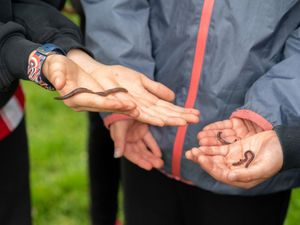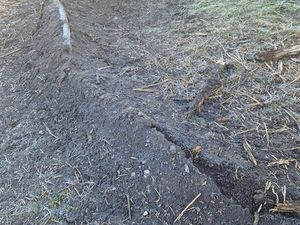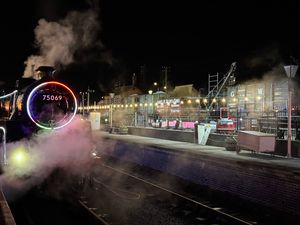Wroxeter Roman City brought to life online
Most people living in Shropshire will no doubt be familiar with the Roman remains at Wroxeter.
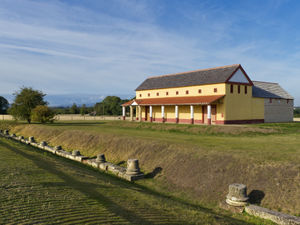
But now, thanks to a project between internet giant Google and English Heritage, the site is being made available to anyone around the world with a computer.
Wroxeter Roman City, near Shrewsbury, is one of 29 sites across England that are being revealed online in a partnership between English Heritage and Google Arts & Culture.
The new partnership uses Street View and gigapixel cameras to showcase hard-to-see masterpieces on stately home ceilings and rarely opened stores of archaeological remains to the world.
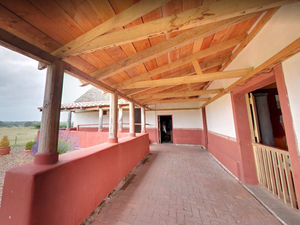
Take a virtual walkthrough here
Users can scroll around Wroxeter Roman City at their own leisure and read about the history and artefacts. An altar which would have been used for sacrifices to the gods and a recreated villa give users an insight into the later Roman period.
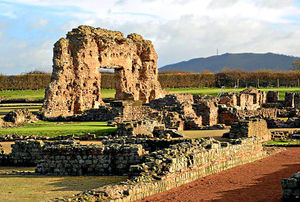
Some of the other sites across England which can now be explored include Tintagel Castle in Cornwall and a Cold War Bunker in York.
For the first time people will get to see in detail Antonio Zucchi’s 18th century ceiling paintings at Kenwood House, London, and the 17th century “Elysium” ceiling at Bolsover Castle, Derbyshire, which have been photographed in ultra-high definition.
They will also be able to view the largely-unseen vast 1820 painting of the Battle of Hastings by Frank Wilkin, which hangs within the private school at Battle Abbey, East Sussex.
And they can get 360 degree views of the elaborately decorated Durbar Room at Osborne on the Isle of Wight and of the terrace of the stately home loved by Queen Victoria, from the comfort of their own homes.
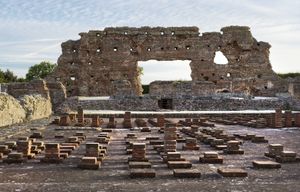
Google’s Street View is allowing people to remotely explore the labyrinthine corridors and workshops of the Victorian J W Evans silver factory in Birmingham, normally only open to the public for pre-booked guided tours.
The technology is also opening up the store of 160,000 historical artefacts at Wrest Park, Bedfordshire, revealing items such as a Roman sculpture of the goddess Venus, a medieval stone “corbel” or bracket with a carved face, and a 19th century wood and iron tower used to change electric lamps in London’s Covent Garden Market building.
The partnership is the first time Google Arts & Culture has worked with a heritage organisation, and the first time it has worked with an institution covering multiple sites.
Matt Thompson, head of collections at English Heritage, said: “In our new role as a charity, English Heritage is looking for innovative ways to open our sites to the public and share their fascinating stories with them.
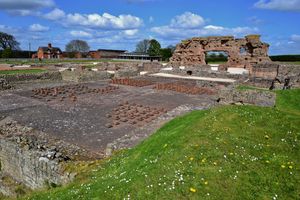
“Now thanks to Google Arts & Culture’s technology, we’ve been able to bring people closer to our historic masterpieces than ever before, open up our storehouses to a global audience, and showcase hitherto unseen artefacts.”
Amit Sood, director of Google Arts & Culture, said: “England has such a rich, diverse, and interesting heritage – spanning literally centuries.
“English Heritage has done such an amazing job in preserving iconic art and sites, allowing us a glimpse into what life was like in a different time.
“Google Arts & Culture are proud to partner with English Heritage and use the power of technology to share these wonders and stories with a global audience.”
To view and explore the sites visit g.co/EnglishHeritage

